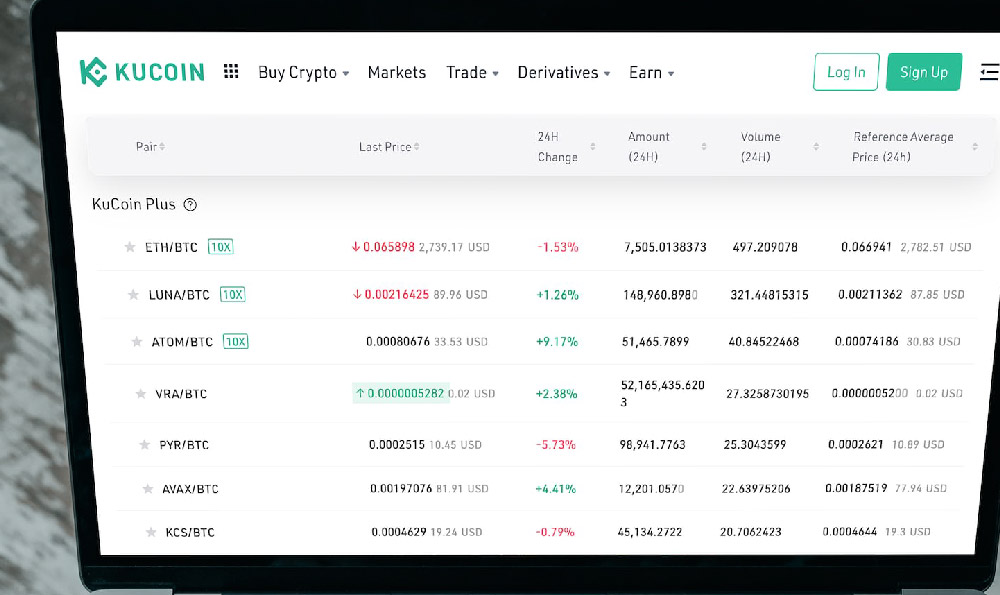How to Make Money with Options Trading Strategies

Options trading strategies offer a unique opportunity for investors to leverage market movements and generate returns through various tools and techniques. Unlike traditional stock trading, which depends solely on price direction, options provide flexibility by allowing participants to capitalize on volatility, time decay, and directional bets. However, mastering these strategies requires understanding the intricate relationship between risk and reward, as well as the psychological discipline to execute them effectively. The following discussion explores how to harness the power of options trading in a structured yet adaptable manner, focusing on practical approaches that align with market dynamics and investor goals.
Understanding the foundations of options trading is the first step in developing a profit-oriented mindset. Options contracts grant the buyer the right, but not the obligation, to purchase or sell an underlying asset at a predetermined price. This inherent asymmetry means that traders can structure positions to benefit from specific market outcomes while limiting potential losses. For instance, a bull call spread allows investors to profit from an uptrend in a stock’s price while capping the maximum risk, making it a popular choice for those with a moderate risk tolerance. Similarly, a bear put spread can be used to bet on a market decline, providing a similar balance of risk and reward. These strategies are not just theoretical constructs but practical tools that can be tailored to different market conditions, from bullish to bearish, and even neutral outlooks.
One of the most effective methods for generating income through options involves leveraging volatility. Volatility is often the primary driver of option values, and traders can use strategies like straddles and strangles to profit from anticipated market fluctuations. A long straddle, for example, involves buying both a call and a put option with the same strike price and expiration date. This strategy is ideal for volatile markets where the price of the underlying asset is expected to move significantly in either direction. Conversely, a long strangle requires purchasing options with different strike prices, which reduces the initial cost compared to a straddle while still profiting from substantial price swings. These approaches highlight the importance of timing and market sentiment in options trading, as successful execution depends on accurately predicting when volatility will peak.

Another critical aspect of options trading is the use of time decay to enhance returns. Time decay, or theta, refers to the gradual loss of an option’s value as the expiration date approaches. Traders can capitalize on this by employing strategies like calendar spreads, where they buy a longer-term option and sell a shorter-term one of the same underlying asset. This creates a situation where the longer-term option retains value while the shorter-term one loses it, potentially generating profits from the difference in time decay. However, the effectiveness of this strategy is conditional on the underlying asset’s price remaining relatively stable during the period. By integrating time decay into their trading plan, investors can maximize returns without relying solely on directional movement.
In addition to these strategies, options trading provides opportunities for income generation through premium collection. Selling options, such as covered calls or cash-secured puts, allows traders to earn regular income by receiving the premium for the right to sell or buy an asset at a set price. A covered call, for instance, involves owning the underlying stock and selling a call option with an exercise price above the current market value. This strategy offers a form of passive income but also carries the risk of the stock being called away at the strike price. Similarly, a cash-secured put requires an investor to sell a put option and deposit enough capital to cover the obligation if the stock price declines. These methods demonstrate how traders can structure their positions to generate cash flow while managing exposure to market risks.
Market analysis plays a pivotal role in selecting the most appropriate options strategies. Technical indicators, such as moving averages, RSI, and MACD, can help identify potential entry and exit points by analyzing price trends and momentum. At the same time, fundamental analysis provides insights into the underlying asset’s intrinsic value, enabling traders to make informed decisions based on company performance, industry trends, and economic factors. Combining these two approaches allows investors to refine their strategies and target opportunities that align with market expectations. For example, if a company is expected to release positive earnings news, a trader might use a long straddle to profit from the anticipated price spike.
Risk management is another cornerstone of successful options trading. While options can amplify returns, they also magnify risks, making it essential for traders to implement strategies that protect against adverse market scenarios. Setting appropriate stop-loss and take-profit levels ensures that positions are closed when the market moves against or in favor of the trade. However, precise execution requires a deep understanding of volatility, time decay, and liquidity, as these factors influence the effectiveness of any strategy. Traders should also diversify their portfolios to avoid overexposure to a single asset or market condition, thereby mitigating the potential impact of unforeseen events.
Ultimately, options trading strategies are not one-size-fits-all solutions but adaptable frameworks that require careful planning and execution. Success in this domain depends on a combination of market understanding, strategic flexibility, and disciplined risk management. By focusing on these principles, investors can create robust strategies that align with their financial objectives and market outlooks. The key is to remain informed, practice consistently, and refine techniques based on real-world outcomes. As with any investment approach, the path to profitability is influenced by both market conditions and personal expertise, making continuous learning and adaptation essential for long-term success.















